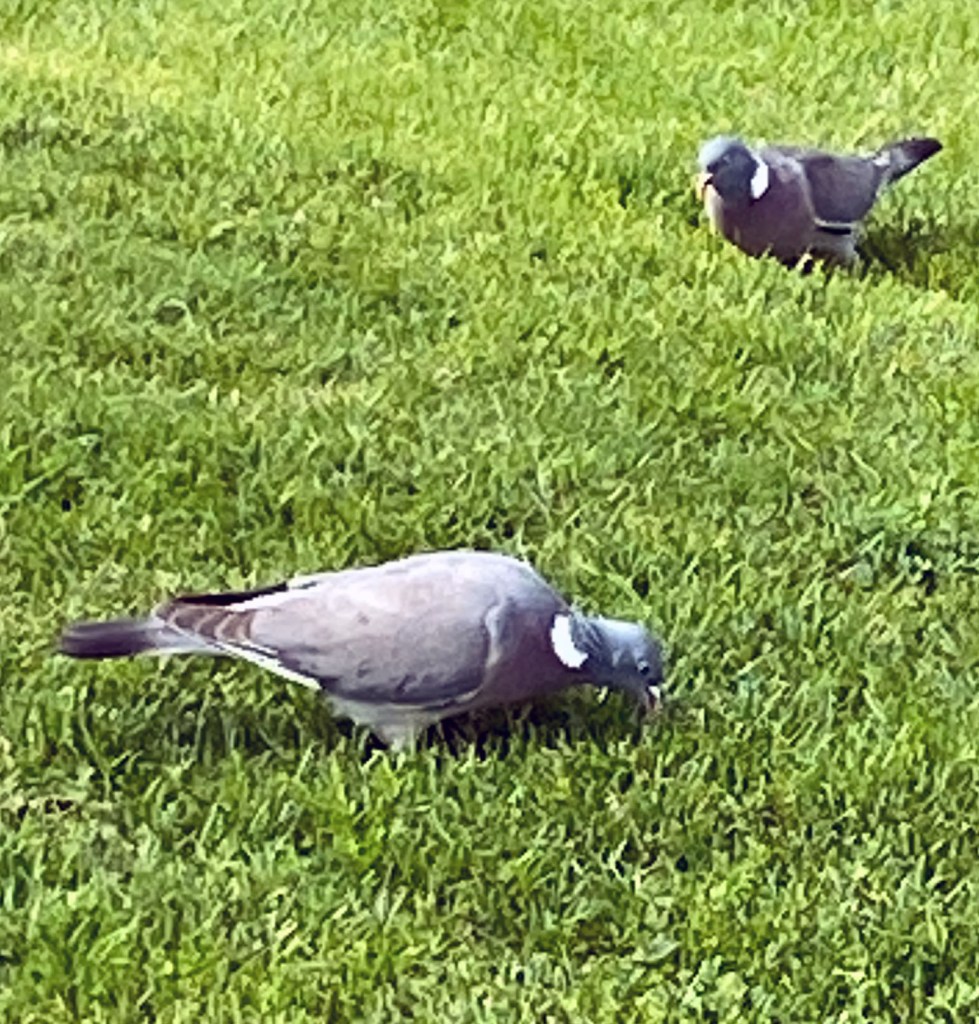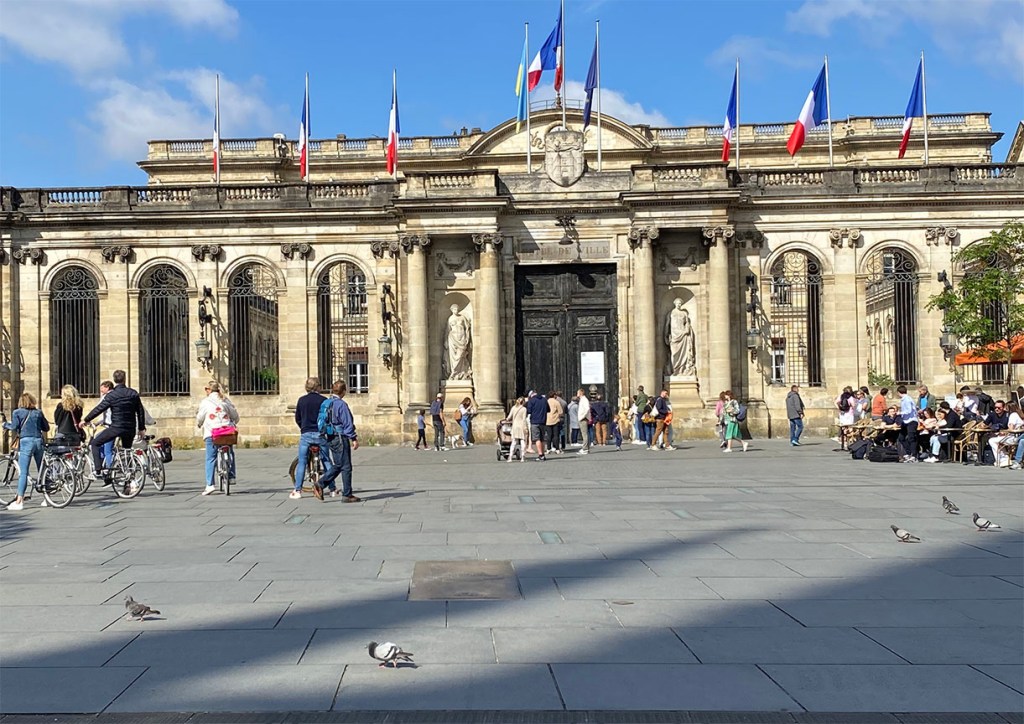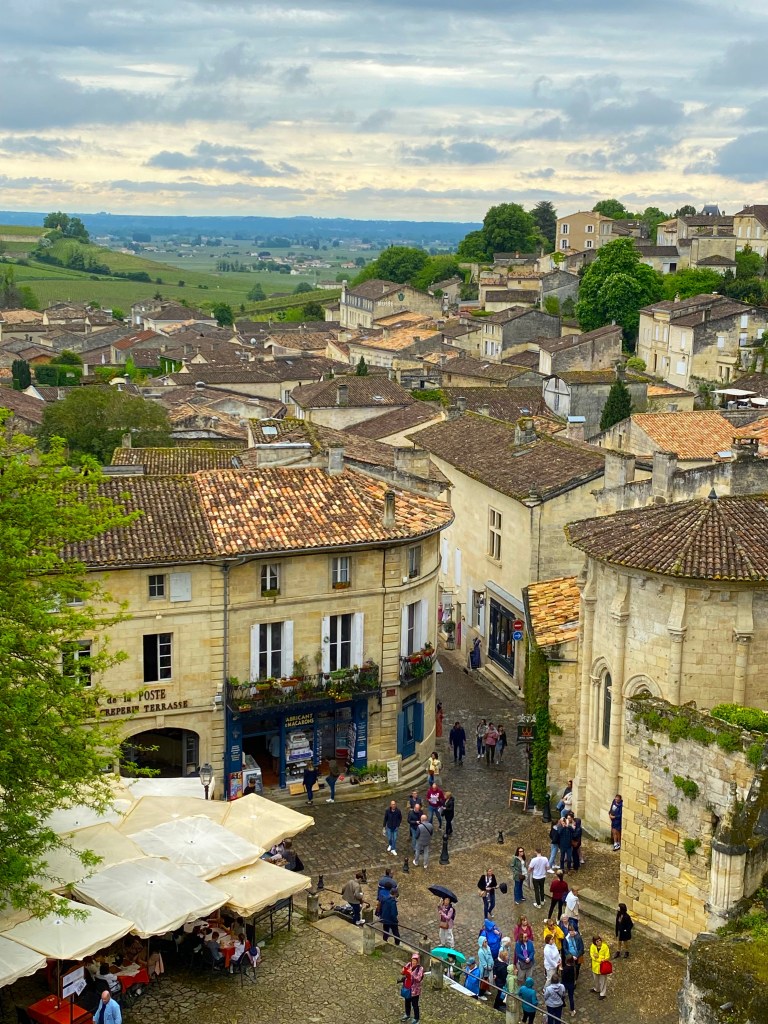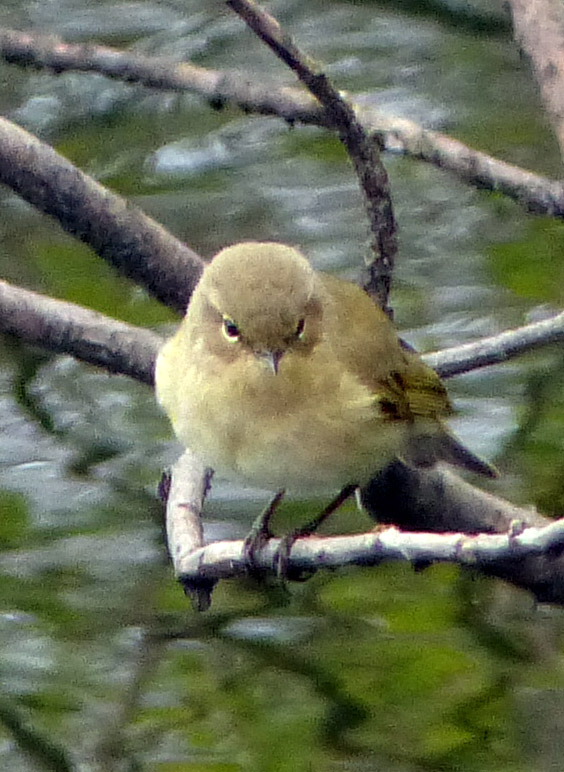
Isle River Bank – Local Inhabitant
Our next stop should have been Paris, but Paris on May Day seemed an even worse option than Bordeaux. Instead we leapt (figuratively speaking) at the chance to spend a couple of nights in the old pilgrim town of Périgueux in the Dordogne – famous for its medieval streets and massive cathedral. Bordeaux was great, but birding there, well…

Saint Front Cathedral in Périgueux
Périgueux is on the banks of the River Isle in the heart of the Périgord, home of foie gras, black truffles, and duck confit. A number of authors have set books here and in the region, including Michael Crichton. Martin Walker too, with his enjoyable Bruno mysteries.
The massive Romanesque Saint Front cathedral dominates the medieval core of the town, which has a history going back to pre-Roman Gaul and beyond. The museum here is reportedly quite good.
The prehistoric cave paintings at Lascaux, also, are not far away. They date back 17,000 years or so. More about those in my next post.
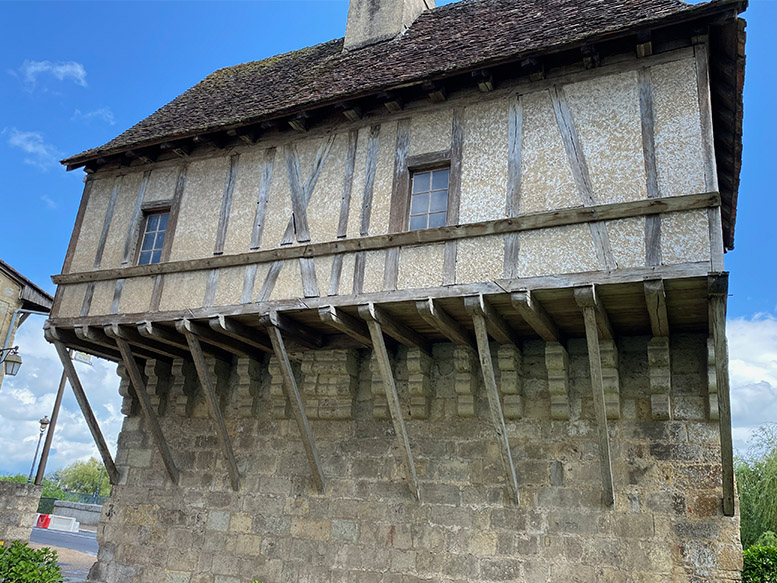

Périgueux Architecture
Unfortunately, most restaurants and shops in Périgueux were closed both days – this being Sunday, followed by May Day – as were the Gallo-Roman and Military Museums. Drat!
Still, the cool afternoon was pleasant; the streets narrow and interesting. We had to limit ourselves to window shopping. Probably just as well. They do seem to sell some nice stuff.
We stopped for charcuterie at an outdoor cafe, one of the few places open, but whose name neither of us can remember. The glass of champagne here surprisingly inexpensive, nicely complimenting the generous platter of cured meats and the cheeses.
With not much else to do but enjoy the slightly breezy afternoon, we lingered with glasses of Bergerac, the local wine. Bergerac is under an hour away from here.
The red seemed rather like a Bordeaux, but softer – more Merlot in this blend, I think; the white crisp and aromatic Sauvignon Blanc, exactly what V. likes best. No sign here of Cyrano however.

Sunday in Périgueux
The Isle is a pleasant, unhurried river with treed banks down to the water, and a paved walkway. Aside from a couple of early morning strollers, and a dog walker or two, there was no traffic to disturb the many small birds singing and calling from the thickets.
My Merlin app confirmed nineteen species, from European Pied Flycatcher to Common Chiffchaff.
Hearing birds was easy, spotting them was almost impossible. At one point, I half-slid down on bank trying to get a better look at the Pied Flycatchers, and almost ended up in the drink. That would have been embarrassing. Would I have remembered how to say, “throw me a line!” in French? I doubt it.
The Flycatchers are pretty little black and white birds, and new to me. Very active, and, in the thick foliage, almost impossible to photograph.
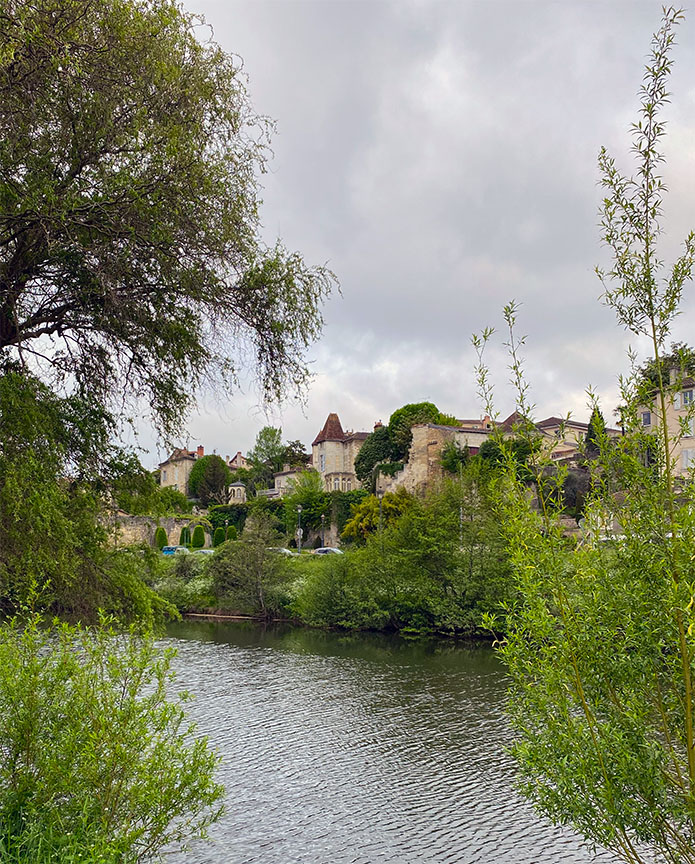
The River Isle in Early May
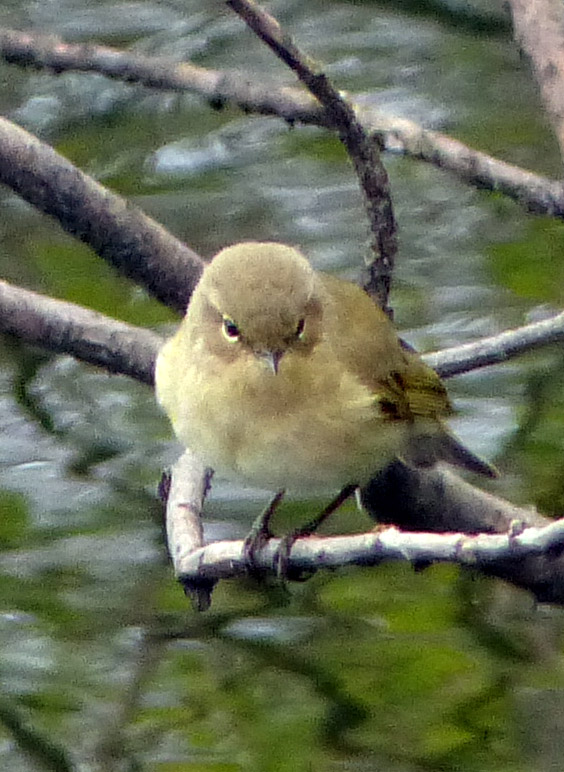
So…I’m going to say, Chiffchaff.
The valley of the river also has its share of parks, walks, and historic sites, including chateaux. Driving through the area was quite pleasant. Lots of limestone.
I have mixed feelings about chateaux, although they’re pretty impressive. But who got exploited here when the aristos built and managed the place, I wonder? That’s the Liverpool in me talking. Sorry.
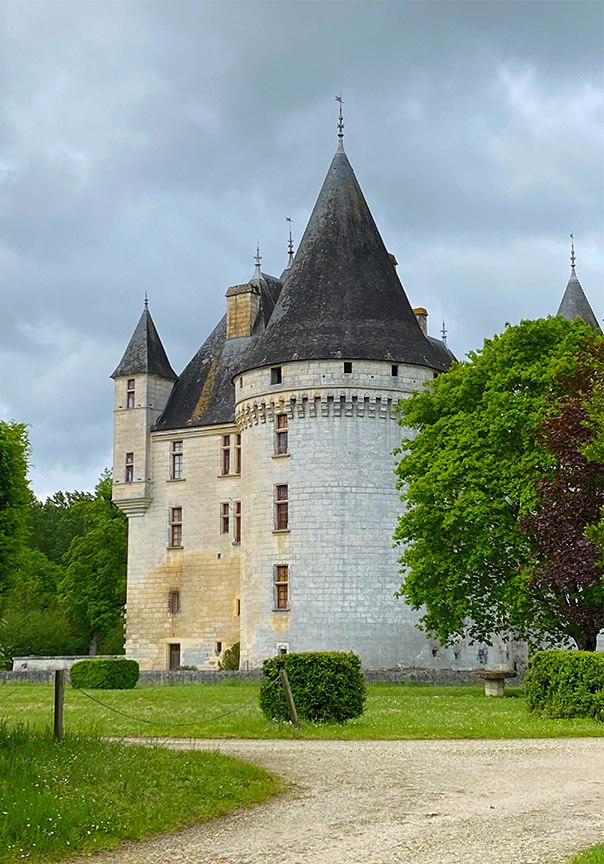
Chateau Puyguilheme
With a bit of imagination, one can people the turrets and galleries with imaginary musketeers, courtly ladies, and Cardinal Richelieu. The period is right, I think, for this place – 16th century. Still, it’s lovely and quiet today. Renaissance architecture, it has been renovated by the French state. Closed when we visited.

